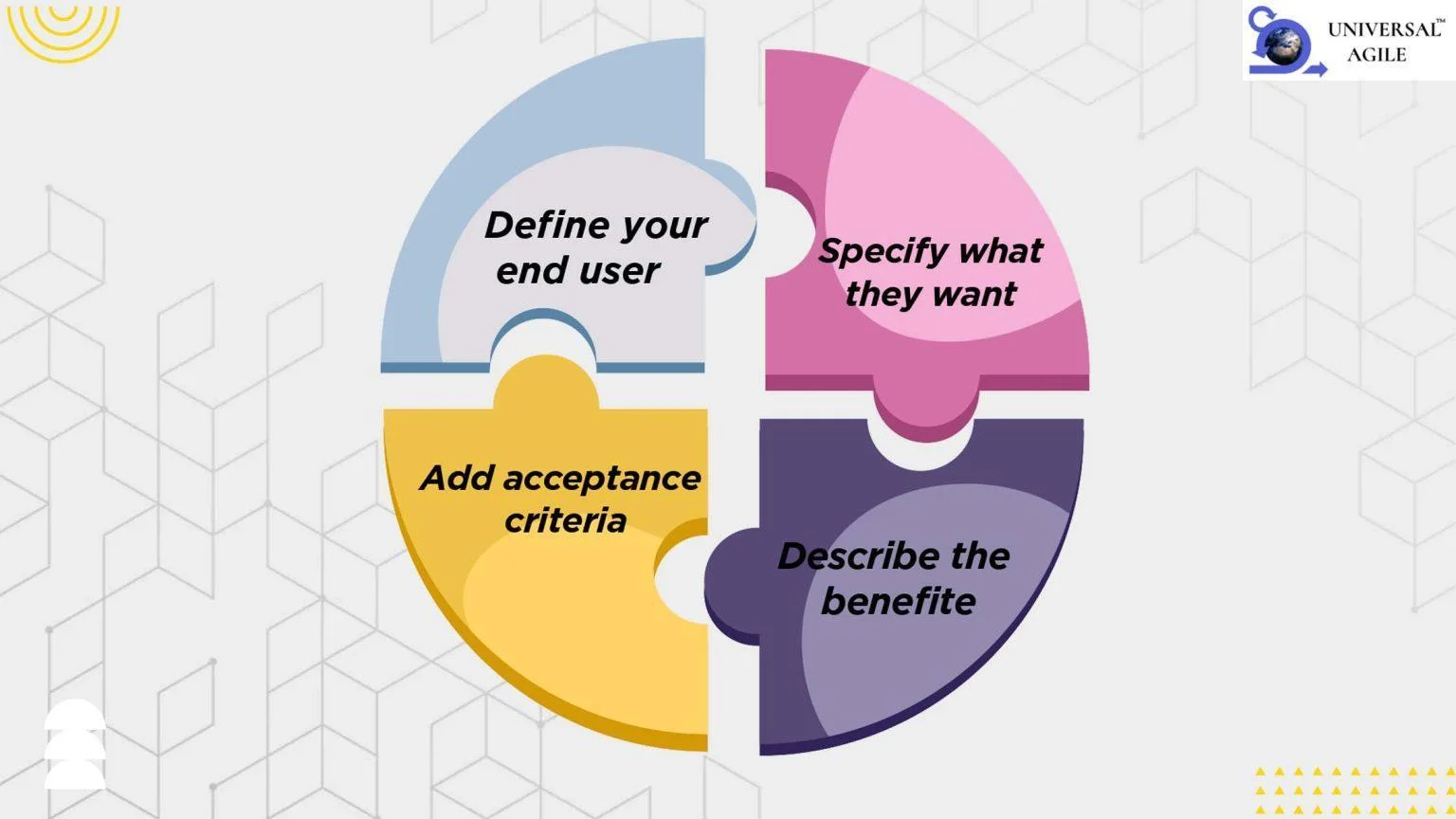Welcome To Universal Agile
Exclusive Offer on Combo Packages - Upto 50% OFF. Call Us to know more.
Poorav Consulting International 478, Sector E-2, Vasant Kunj,New Delhi - 110070
Disclaimer : The information presented on this website and/or platform is intended for educational and informational purposes only. Users of this website and/or platform should not consider any information provided as legal, investment, tax, financial, or any other advice. Users are solely responsible for evaluating the merits and risks associated with the information presented on this website and/or platform. By using this website and/or platform, Users agree not to hold Universal Agile and its affiliates liable for any losses or damages that may arise from any decision made based on the information provided in the course or available on the website and/or platform.
Universal Agile reserves the right to cancel or reschedule events due to insufficient registrations or unforeseen circumstances that may prevent presenters from attending. It is strongly recommended that Users consult a Universal Agile agent prior to making any travel arrangements for a workshop.
By using this website and/or platform, Users agree to indemnify and hold Universal Agile and its affiliates harmless from any and all claims, damages, expenses, or losses arising from their use of the website and/or platform or from their violation of these terms and conditions.










